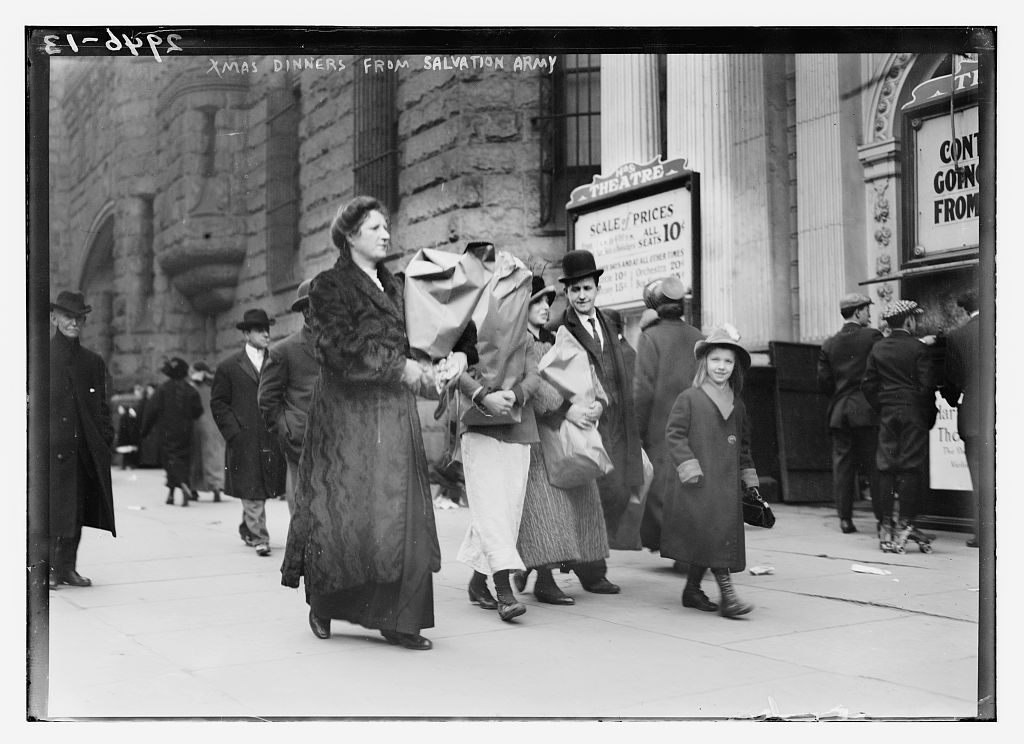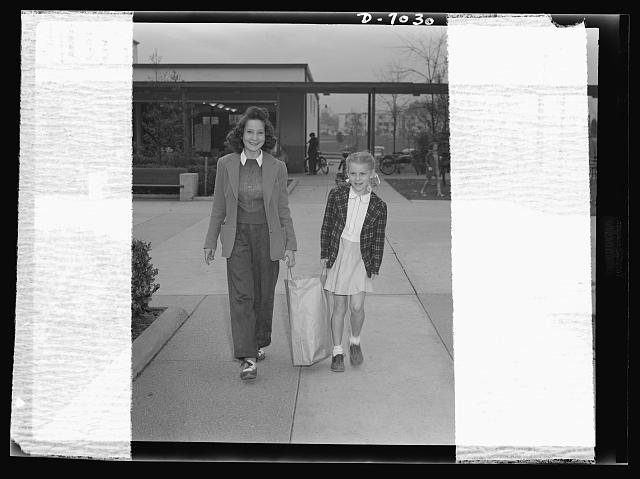Evolution of the Shopping Bag
In a world of smartphone upgrades and software updates, the shopping bag can seem like an old, unchanged technology.

In reality, though, shopping bags have undergone a world of changes themselves, and the rate of innovation is only increasing. To show how the industry has evolved, here’s a brief look at the history of the shopping bag.
Early Inventions
Before the late 1800s, shopping bags didn’t even exist. Shoppers would either carry their goods home in baskets, or have the merchant deliver them to their homes.

Francis Wolle, a schoolteacher in Pennsylvania, invented a machine to produce paper shopping bags. These were basic envelope-style bags, and didn’t have much carrying capacity. In 1871, inventor Margaret Knight designed a machine that could produce more spacious flat-bottom bags instead, and in 1883 Charles Stillwell created the pleated, collapsable brown paper bag we’re still familiar with today.
Beyond the Basics
As stores grew and started offering a wider range of goods, customers needed a way to carry more items home. In 1912, Minnesota grocer Walter H. Deubner reinforced a paper bag with cord and added handles, allowing customers to buy more groceries at a time. He patented the idea and started selling them for 5 cents (about $1.12 in today’s dollars) each, essentially creating both the first paper tote and the first reusable bag.

By the 1950s, paper totes had become less expensive to produce, and retailers were able to provide them for free to customers with every purchase. At about that same time, department stores began to realize that their shopping bags could be used to help market their brands. Custom shopping bags with printed logos became common. Carrying a shopping bag from a respected high-end retailer became a type of status symbol for consumers, providing evidence that one was well-off, had good taste, or both. By the 1960s, custom shopping bags were seen as works of art, and by 1978 they were even featured in the Smithsonian’s Cooper Hewitt Design Museum.
Paper or Plastic?
Throughout this time, almost all shopping bags were made of paper. In the 1960s, a Swedish company patented the standard “T-shirt” style plastic bag, and by the 1980s U.S. supermarkets were offering poly bags alongside paper ones.
Since basic poly bags were generally cheaper than paper bags, they quickly became the more popular choice for discount retailers. However, the huge number of lightweight poly bags being used soon led to questions about what type of shopping bag was best for the environment.
Eco-Friendly Options
In response, from the 1990s through the present day, a wide range of eco-friendly shopping bags have become popular.
Besides reusable bags, innovations such as compostable and landfill-degradable bags have reduced concerns about waste from single-use plastic bags. Landfill-degradable Rock Bags utilize natural limestone and recycled plastic, reducing the consumption of fossil fuels. Sustainable paper bags help protect our forests and wildlife. And new RagBags, introduced in 2014, can be reused and repurposed as more than just a bag.What will the future hold? At Impak, we are constantly innovating, coming up with new shopping bag options and designs. If you have any questions, or would like to create a custom shopping bag that will best meet your brand’s needs, please contact us.